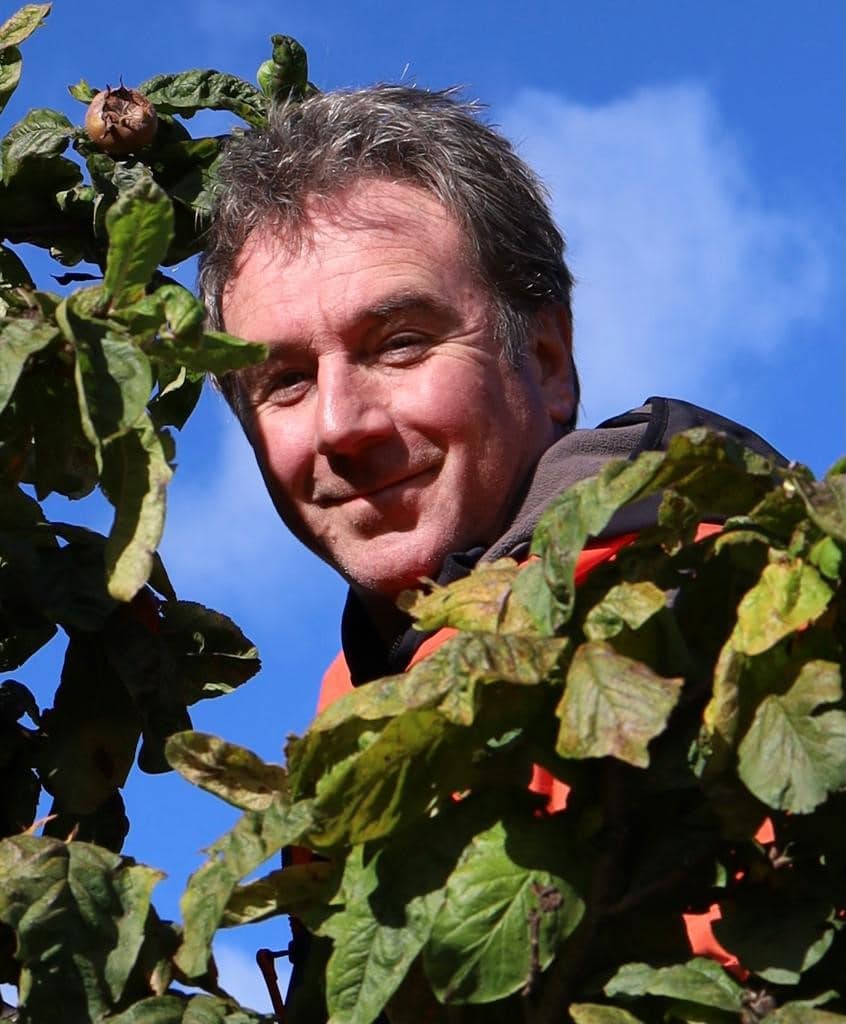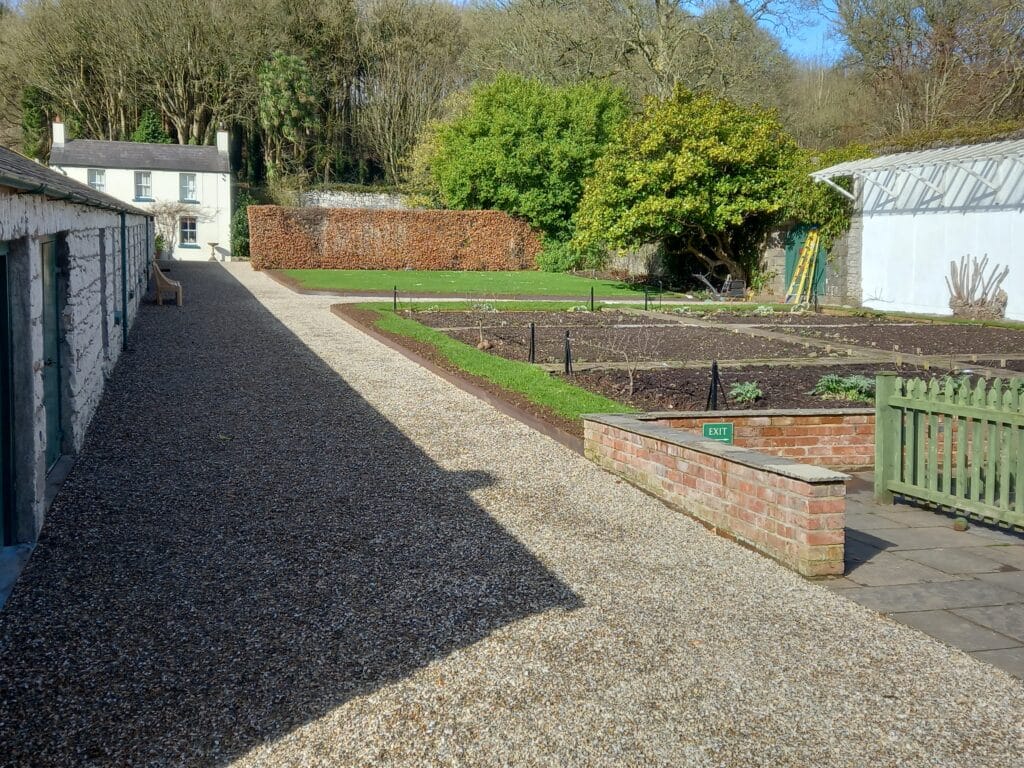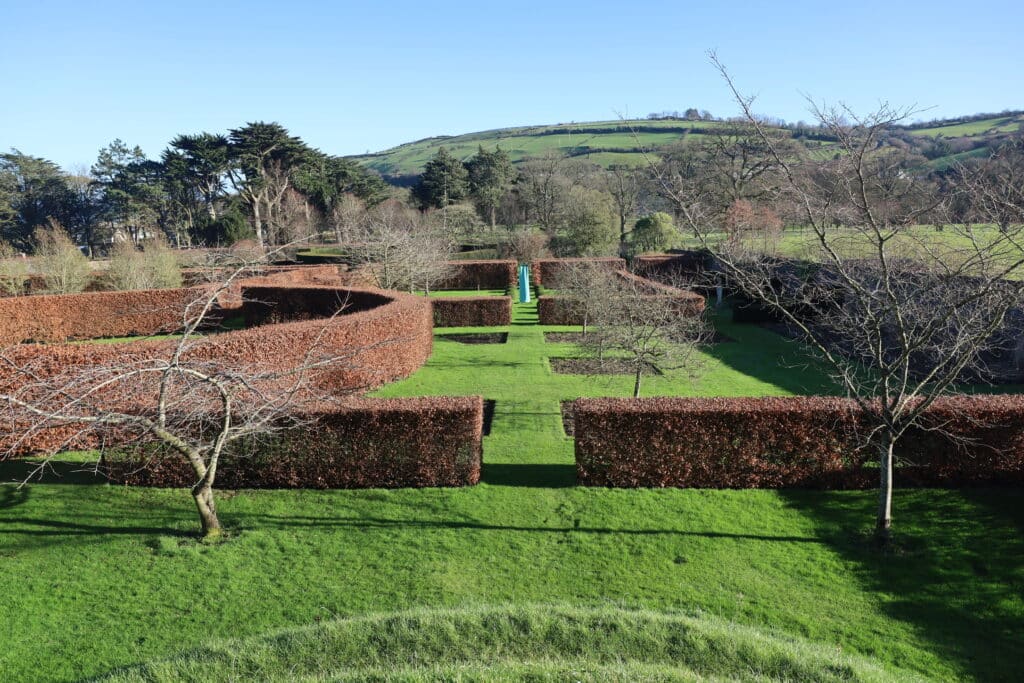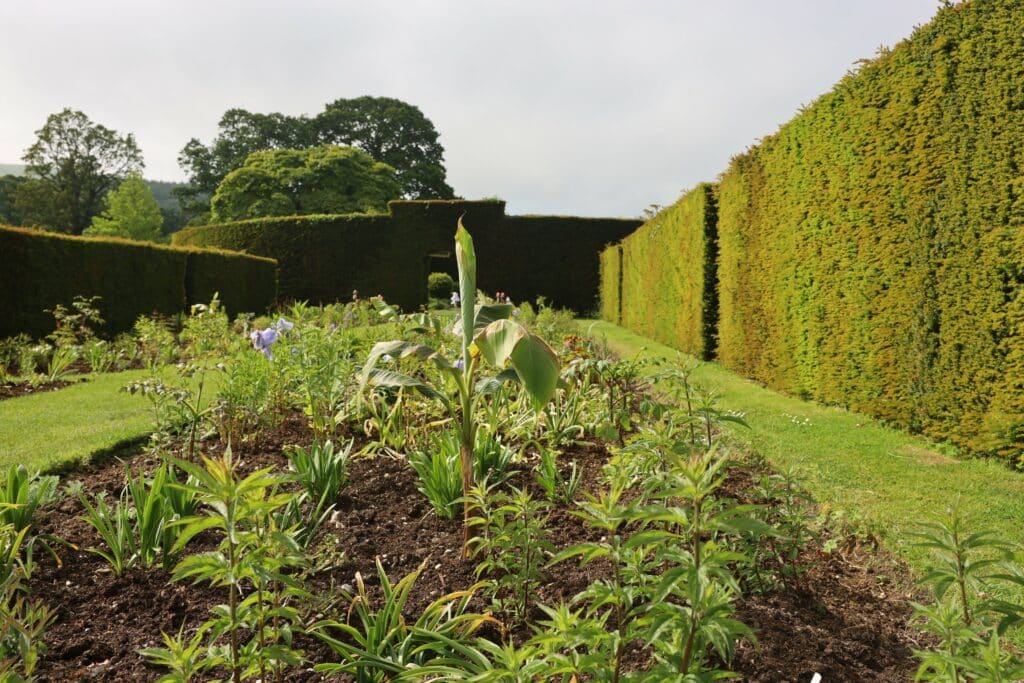In February/March we start sowing for the season in earnest. No great quantity of anything as it is still quite early. Sowing at this time of year is often very successful, but if it does suddenly get very cold and the seedlings should be checked or worse still, die, it would not be too late to re-sow. Seed sown now, should have grown into robust, resilient plants by mid-May, when the fear of frost should have passed. Biennials include this year: Ammi majus, Melanoselenum decipiens, Onopordum acanthium, Dianthus barbatus, Angelica gigas, Aquilegia alpina and Antirrhinum majus. These were sown in a propagator with basal heat to 20oC. We sowed into modules, two seeds per cell. If both germinate, we will prick them out and grow them on. We covered the modules with a single sheet of newspaper, which will keep in the humidity while letting in the UV light. Once germination starts, the newspaper is removed and the young plants are allowed to remain in the propagator for only a further week, before being taken out and grown on in the cool glass. This is important to keep the plants robust and compact. Once established, we will plant out these biennials into rows outside for the summer in about mid-May. The biennials will be lifted again in October and planted out in the garden where they are needed to flower for the following spring display.
We have also taken the opportunity to sow a few glasshouse perennials and annuals: several types of Brugmansia, or Angel’s Trumpets to grow into standards, some Durantia erecta with profuse clusters of blue flowers, a blue form of the scented Lupinus arboreus, the lemon scented Corymbia citrodora, Campanula pyramidalis, and Colutea x media. We are also going to attempt to grow Tithonia rotundifolia, some grown under glass and some to try outside at the back of the Hot Border. It depends on how much sun they receive this season as to whether this experiment will work or not, but nothing ventured, nothing gained!






